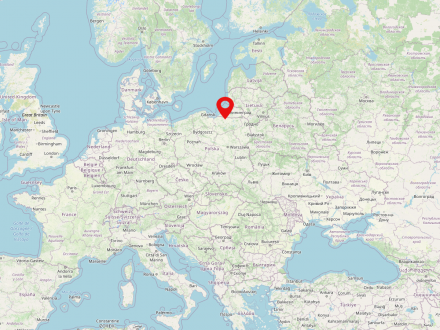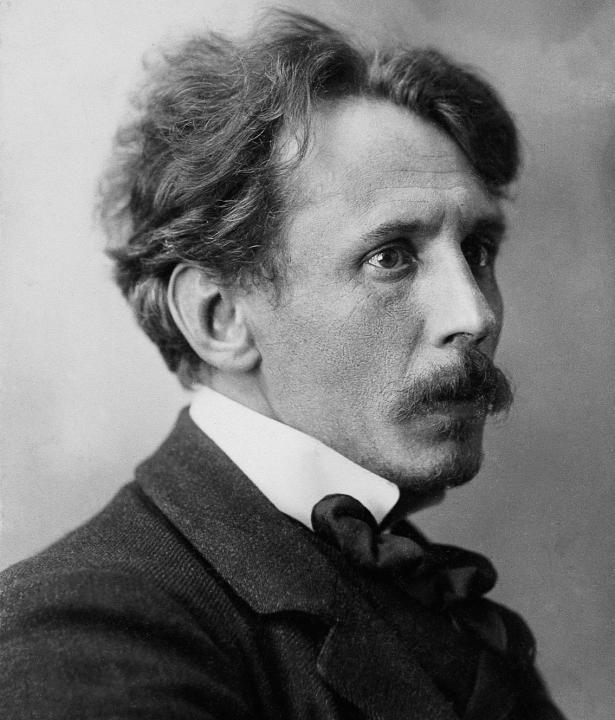The new cabinet exhibition of the East Prussian State Museum embarks on an associative search for traces of this era, based on some examples of East Prussian literature, which strongly influenced the zeitgeist. From the poet of the wars of liberation, Max von Schenkendorff, to the romanticist E.T.A. Hoffmann and Johann Gottfried Herder, powerful authors were at work – their literature providing later authors with inspiration for a more "national" tone.
Examples of this are writers in
East Prussia is the name of the former most eastern Prussian province, which existed until 1945 and whose extent (regardless of historically slightly changing border courses) roughly corresponds to the historical landscape of Prussia. The name was first used in the second half of the 18th century, when, in addition to the Duchy of Prussia with its capital Königsberg, which had been promoted to a kingdom in 1701, other previously Polish territories in the west (for example, the so-called Prussia Royal Share with Warmia and Pomerania) were added to Brandenburg-Prussia and formed the new province of West Prussia.
Nowadays, the territory of the former Prussian province belongs mainly to Russia (Kaliningrad Oblast) and Poland (Warmia-Masuria Voivodeship). The former so-called Memelland (also Memelgebiet, lit. Klaipėdos kraštas) first became part of Lithuania in 1920 and again from 1945.
Kaliningrad is a city in today's Russia. It is located in the Kaliningrad oblast, a Russian exclave between Lithuania and Poland. Kaliningrad, formerly Königsberg, belonged to Prussia for several centuries and was the northeasternmost major city.
The exhibition shows the context of the founding of the Reich, important sources from Romantic literature, Dahn and Wichert as literary figures in Königsberg and in the Reich, the monumentalizing invention of a supposedly great national past, as well as its reception and consequences.
The accompanying program has been adapted to suit the current pandemic conditions. The plan moving forward includes lectures on the position of East Prussia in the German Reich and guided tours of the exhibition. Please check for announcements on the museum's website.









